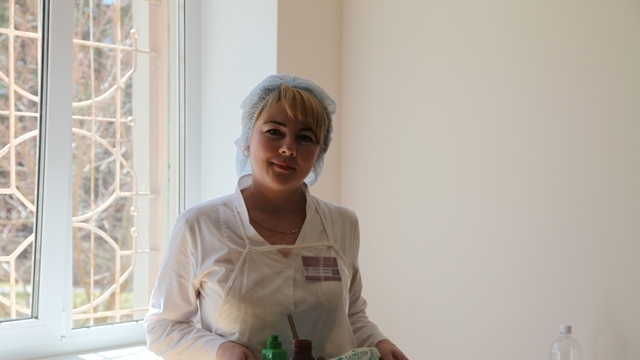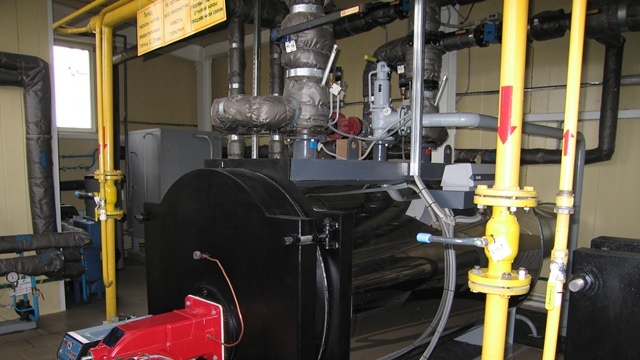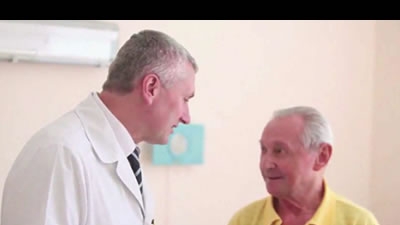Bank Group Contribution
The first US$50 million International Bank for Reconstruction and Development (IBRD) loan was provided in 2006. A supplementary US$30 million loan to scale up activities at additional sites in the three regions was approved in October 2010.
Partners
The design of the project was shaped by and benefited from extensive consultations with the affected population, the Government of Belarus, and other stakeholders, and also with international agencies working in the relevant areas, including the United Nations Development Programme (UNDP), the European Union’s Technical Assistance to the Commonwealth of Independent States (EU-TACIS), and bilateral organizations. The World Bank team worked closely with the Energy Efficiency Department of the State Standardization Committee responsible for the coordination and management of project implementation on a day-to-day basis, as well as with the Ministry of Energy, Chernobyl Committee, and local executive committees. The Brest, Gomel and Mogilev regions financed energy-efficiency improvements in the Chernobyl-affected areas simultaneously with the project.
Moving Forward
The Government of Belarus places a high priority on increasing energy efficiency and cooperation with the World Bank, and the project was an integral part of the Government’s strategy in this regard. Successful project implementation has paved the way for an Energy Efficiency Loan and Additional Financing, which focus on supply side energy-efficiency improvements, and has also contributed to the dialogue on energy sector reforms in Belarus, leading to even deeper cooperation on renewable energy and heating tariff improvements.
The Government has expressed interest in continued cooperation with the Bank in the energy sector.




